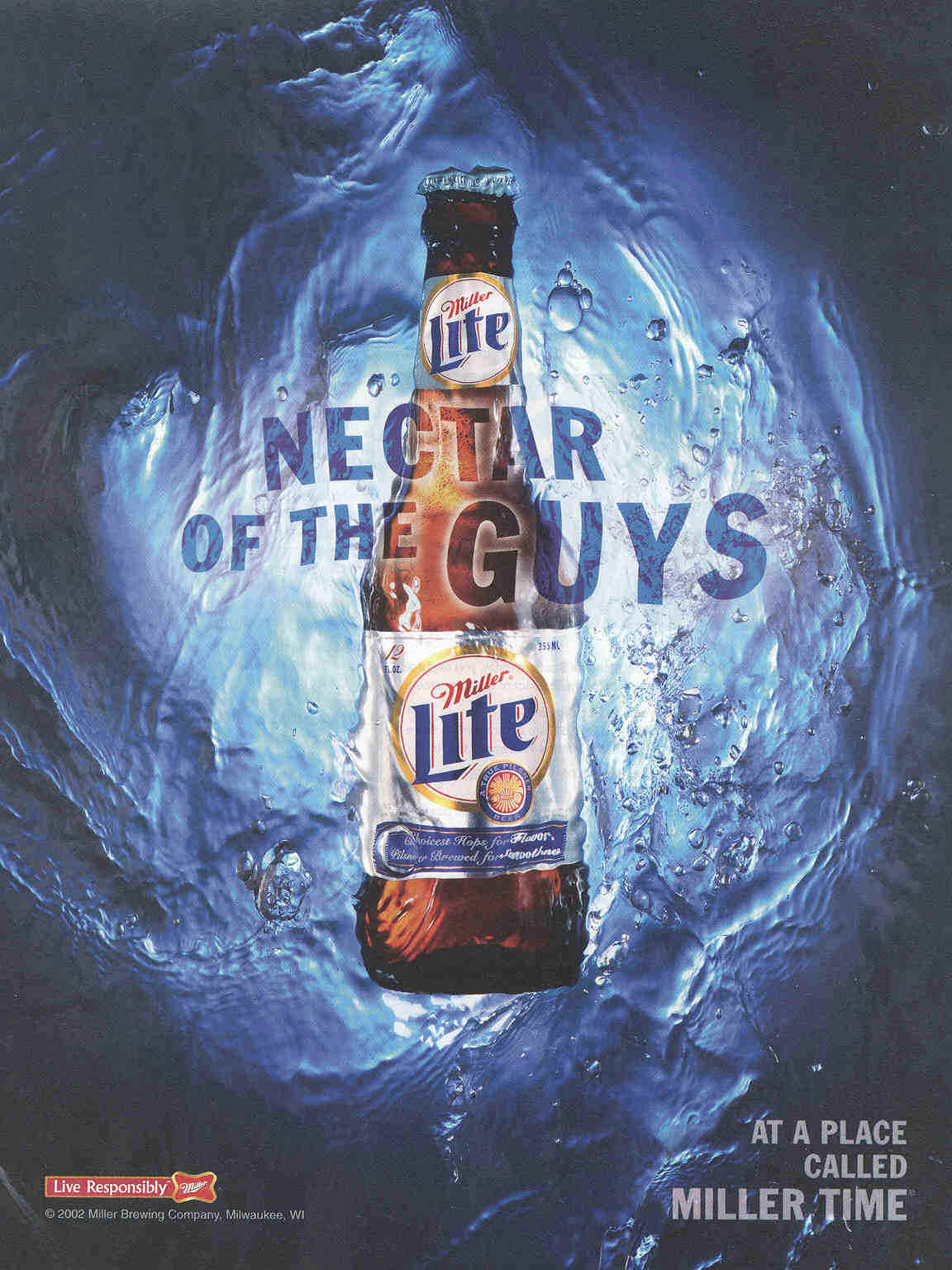There is one irrefutable research-based finding no parent should ignore: the earlier kids start to drink, the more likely they are to have alcohol problems later in life. In fact, kids who start to drink before the age of fifteen are four times more likely to report the criteria for alcohol dependence. I’ve spent the last month training youth counselors dealing with substance abuse – I flew to Seoul and am just back from Germany. I am very concerned about the epidemic of substance abuse with our kids – and the trend is starting earlier.
Long-term studies show that kids who see, hear, and read more alcohol ads are more likely to drink to drink more heavily than their peers. A study with third, sixth, and ninth graders found those kids who thought alcohol ads were desirable are also more likely to view drinking more positively. Research also shows that thirteen thousand kids will take their first drink today. Underage drinking is clearly a problem. It’s all the more reason parents need to be aware of the trends and the research.
This week a new study funded by the CDC was published. It is the first study to examine the relationship of risky content in alcohol ads to youth exposure. I share those troubling results to you. Tune into what your child is seeing, hearing or saying. Please don’t hold on to a “not my kid” attitude. Substance abuse – and underage drinking – is a growing problem that we simply can’t ignore.
Alcohol Advertisement Standards Violations Most Common in Magazines with Youthful Audiences
The content of alcohol ads placed in magazines is more likely to be in violation of industry guidelines if the ad appears in a magazine with sizeable youth readership, according to a new study from the Center on Alcohol Marketing and Youth (CAMY) at the Johns Hopkins Bloomberg School of Public Health. Published in the Journal of Adolescent Health, the study is the first to measure the relationship of problematic content to youth exposure, and the first to examine risky behaviors depicted in alcohol advertising in the past decade.
The researchers examined 1,261 ads for alcopops, beer, spirits or wine that appeared over 2,500 times in 11 different magazines that have or are likely to have disproportionately youthful readerships – that is, youth readerships equaling or exceeding 15 percent.
Ads were analyzed for different risk codes: injury content, overconsumption content, addiction content, sex-related content and violation of industry guidelines. This latter category refers to the voluntary codes of good marketing practice administered by alcohol industry trade associations.
Examples of code violations include ads appearing to target a primarily underage audience, highlighting the high alcohol content of a product, or portraying alcohol consumption in conjunction with activities requiring a high degree of alertness or coordination such as swimming.
“The finding that violations of the alcohol industry’s advertising standards were most common in magazines with the most youthful audiences tells us self-regulated voluntary codes are failing,” said CAMY Director and study co-author David Jernigan, PhD. “It’s time to seriously consider stronger limits on youth exposure to alcohol advertising.”
 Specific examples the researchers identified in the sample included advertising showing alcohol consumption near or on bodies of water, encouraging overconsumption, and providing messages supportive of alcohol addiction.
Specific examples the researchers identified in the sample included advertising showing alcohol consumption near or on bodies of water, encouraging overconsumption, and providing messages supportive of alcohol addiction.
In addition, nearly one in five ad occurrences contained sexual connotations or sexual objectification.
Results also show ads were concentrated across type of alcohol, brand and outlet, with spirits representing about two-thirds of the sample, followed by ads for beer, which comprised almost another 30 percent.
The ten most advertised brands, a list comprised solely of spirits and beer brands, accounted for 30 percent of the sample, and seven brands were responsible for more than half of the violations of industry marketing guidelines.
“The bottom line here is that youth are getting hit repeatedly by ads for spirits and beer in magazines geared towards their age demographic,” said Jernigan. “As at least 14 studies have found the more young people are exposed to alcohol advertising and marketing, the more likely they are to drink, or if already drinking, to drink more, this report should serve as a wake-up call to parents and everyone else concerned about the health of young people.”
Alcohol is responsible for 4,700 deaths per year among young people under the age of 21, and is associated with the three leading causes of death among youth: motor vehicle crashes, homicide and suicide.
The research was funded by grants from the Centers for Disease Control and Prevention to the Johns Hopkins Center for Injury Research and Policy.
The Center on Alcohol Marketing and Youth monitors the marketing practices of the alcohol industry to focus attention and action on industry practices that jeopardize the health and safety of America’s youth. The Center was founded in 2002 at Georgetown University with funding from The Pew Charitable Trusts and the Robert Wood Johnson Foundation. The Center moved to the Johns Hopkins Bloomberg School of Public Health in 2008 and is currently funded by the federal Centers for Disease Control and Prevention. For more information, visit http://www.camy.org.
Printed with permission from MPH. for more information contact: Alicia Samuels, MPH, Center on Alcohol Marketing and Youth (CAMY), 914-720-4635 or alsamuel@jhsph.edu.

